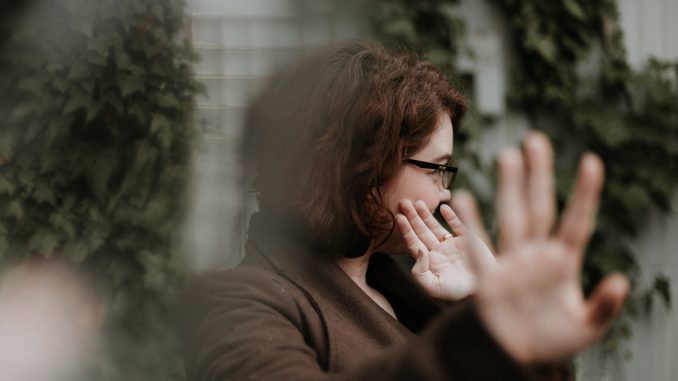
What is it?
As outlined in ‘Creating safe spaces and brave spaces‘, university learning often involves encounters between students with different social viewpoints. If these discussions are overwhelmed with emotion, students will find it hard to learn from them. They may learn something counter to what the educator hoped, and may lose confidence engaging with different viewpoints.
To enable these kinds of discussions, LARA method was produced by Stanford University’s SPARQ (Social Psychological Answers to Real-World Questions) initiative, as part of its ‘Higher Ed Diversity & Inclusion’ collection – i.e. it is particularly designed for higher eduation settings. These toolkits aim to translate research into materials educators can use to bring about positive outcomes for all students.
The LARA method exists within a toolkit called ‘Are you ready to talk’ which takes about an hour to complete and may be useful for students who are not confident about participating in discussions about topics related to social justice – and for students who are already confident about representing their own viewpoint but may not yet be confident listeners. LARA is preceded by some very helpful questionnaires which prompt students to assess their strengths, map their identities, and become aware of things which provoke a strong emotional response. Although we focus on LARA here, the rest of the toolkit is likely to be of interest for both educators and students.
How can I set it up?
LARA stands for Listen, Affirm, Respond, Ask. The LARA method is set out on the SPARQtools site. It takes roughly one hour for students to work through the reflective questions, and may be most useful early in the module as preparation for sessions.
Image source: Untitled by Priscilla Du Preez on Unsplash.

Leave a Reply